Apple iPhone XS vs Samsung Galaxy Note 9: the weigh-in
The super-expensive super-phones battle it out
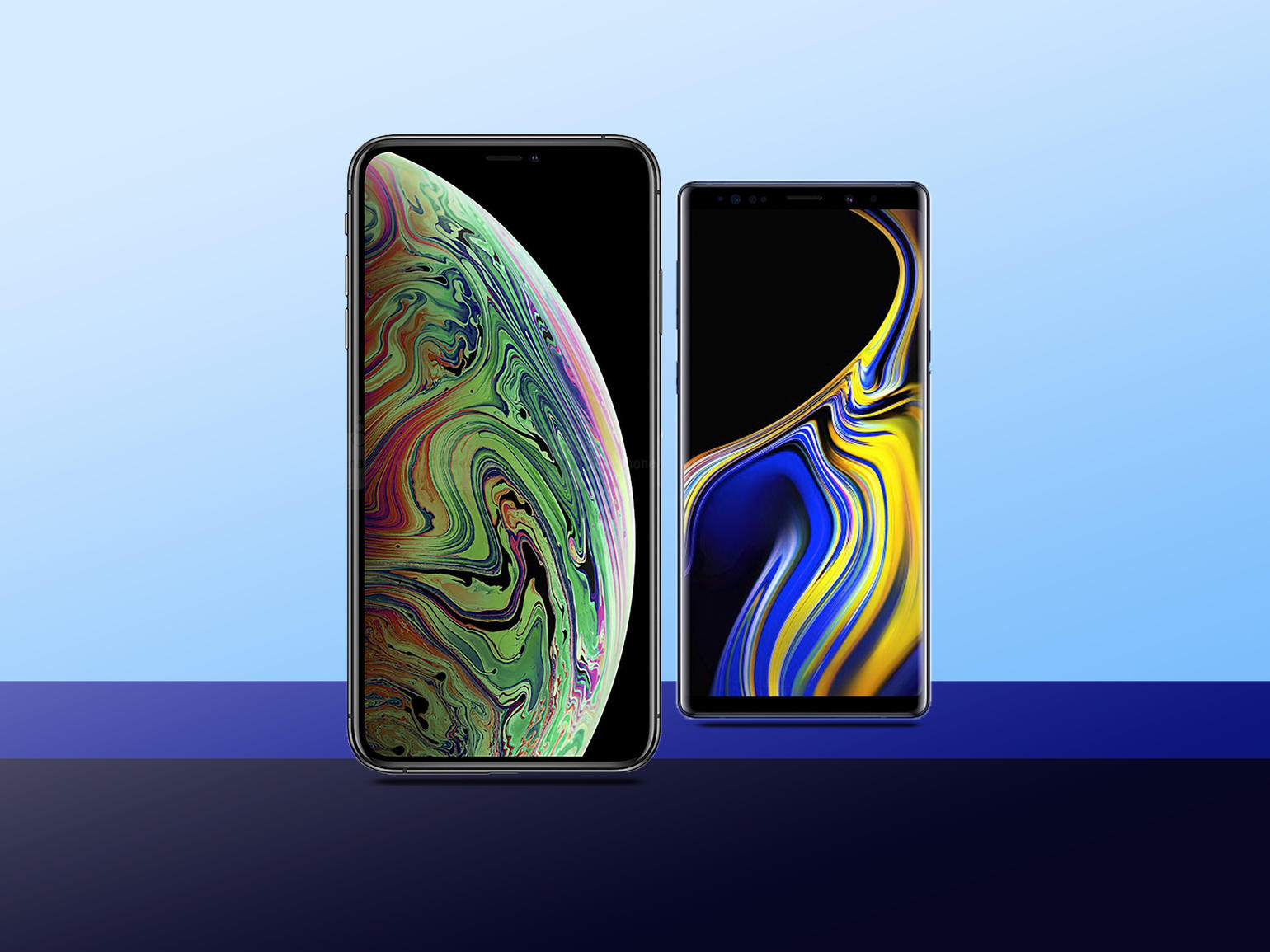
FLAGSHIP FIGHT
It’s the battle of the smartphone titans: Apple and Samsung keep trading blows, year in and year out, and this autumn the fight will be waged between the iPhone XS and Galaxy Note 9. On the surface, they’re two very different handsets – the iPhone XS with its edge-to-edge, notched display and the Galaxy Note 9 with its smarter-than-ever S Pen stylus in tow. But both are incredibly powerful, incredibly beautiful, and… well, incredibly expensive. Got upwards of £1000 to spend on a smartphone right about now? Lucky you. If so, here’s a look at how two of the top-end options compare so far.
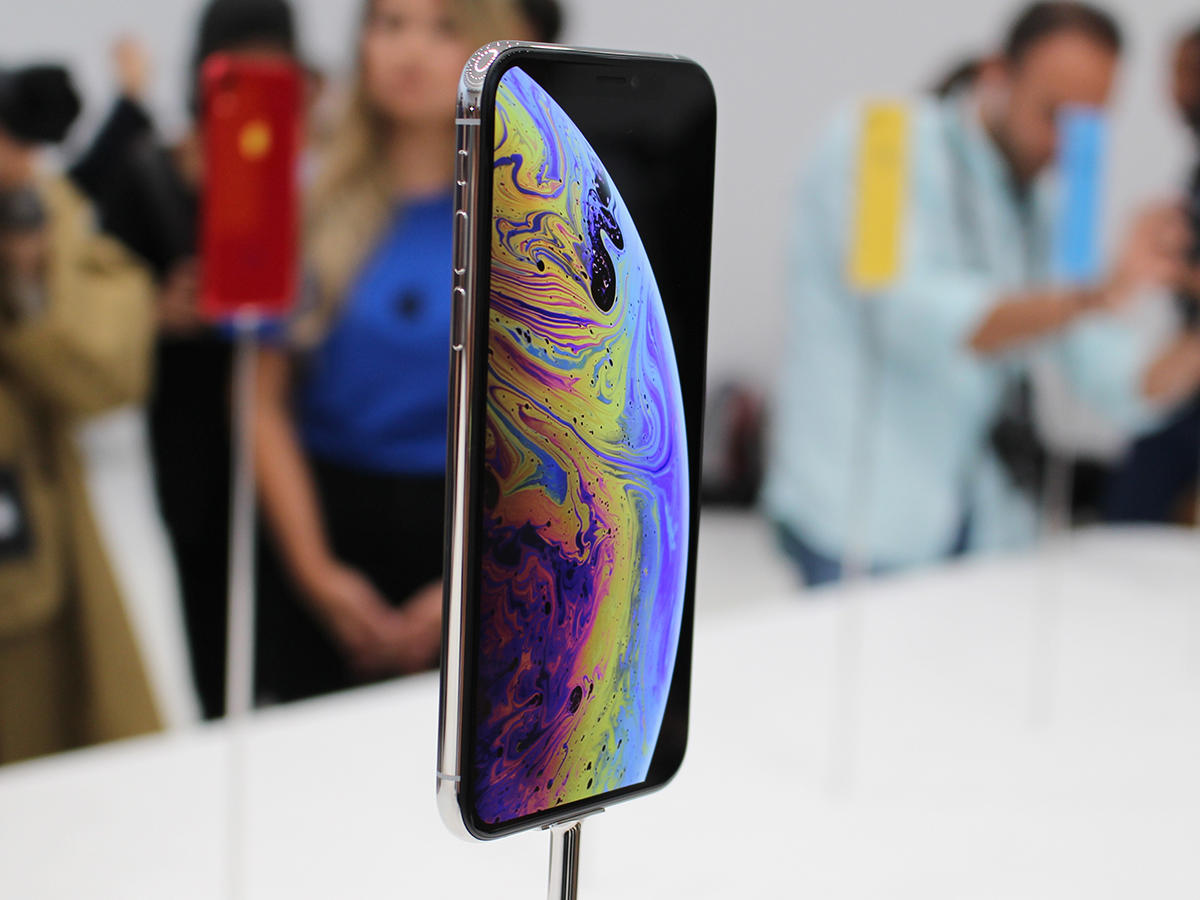
GOING GOLD
The iPhone XS adds a gold option into the mix, but otherwise, this is the very same comparison that we’ve already seen between the iPhone X and the Galaxy Note 9. It’s identical to last year’s phone. And in that battle, we have to give the advantage to the iPhone XS. The edge-to-edge look is brilliant in action, the phone itself is perfectly sized for one-hand usage despite its large display, and it exudes an unmatched level of luxuriousness.
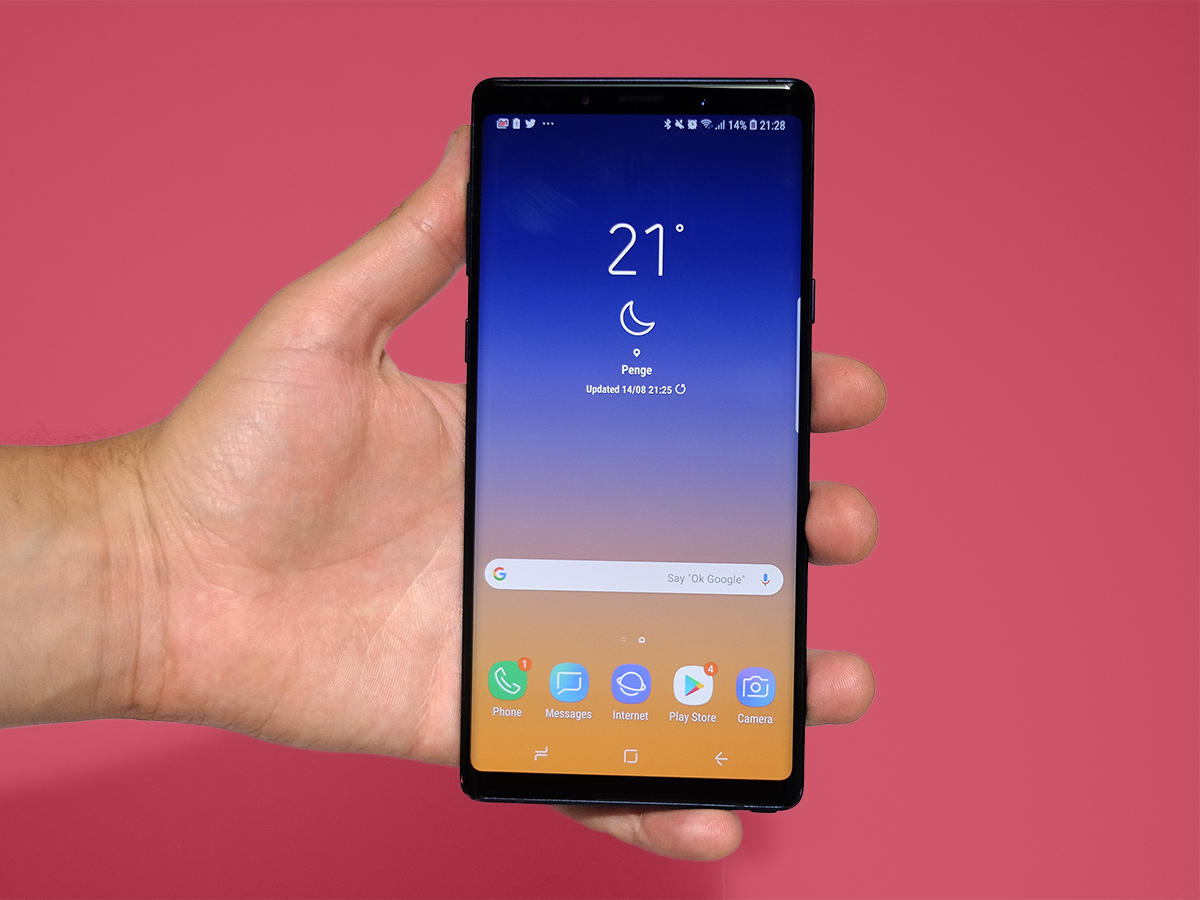
IDENTICAL TWINS
Meanwhile, the Galaxy Note 9 is nearly identical to the Note 8 before it, and while we like the large, tall design, it just doesn’t have the same kind of flash today. It’s a fine-looking phone, but the iPhone XS makes much more of a unique impression.
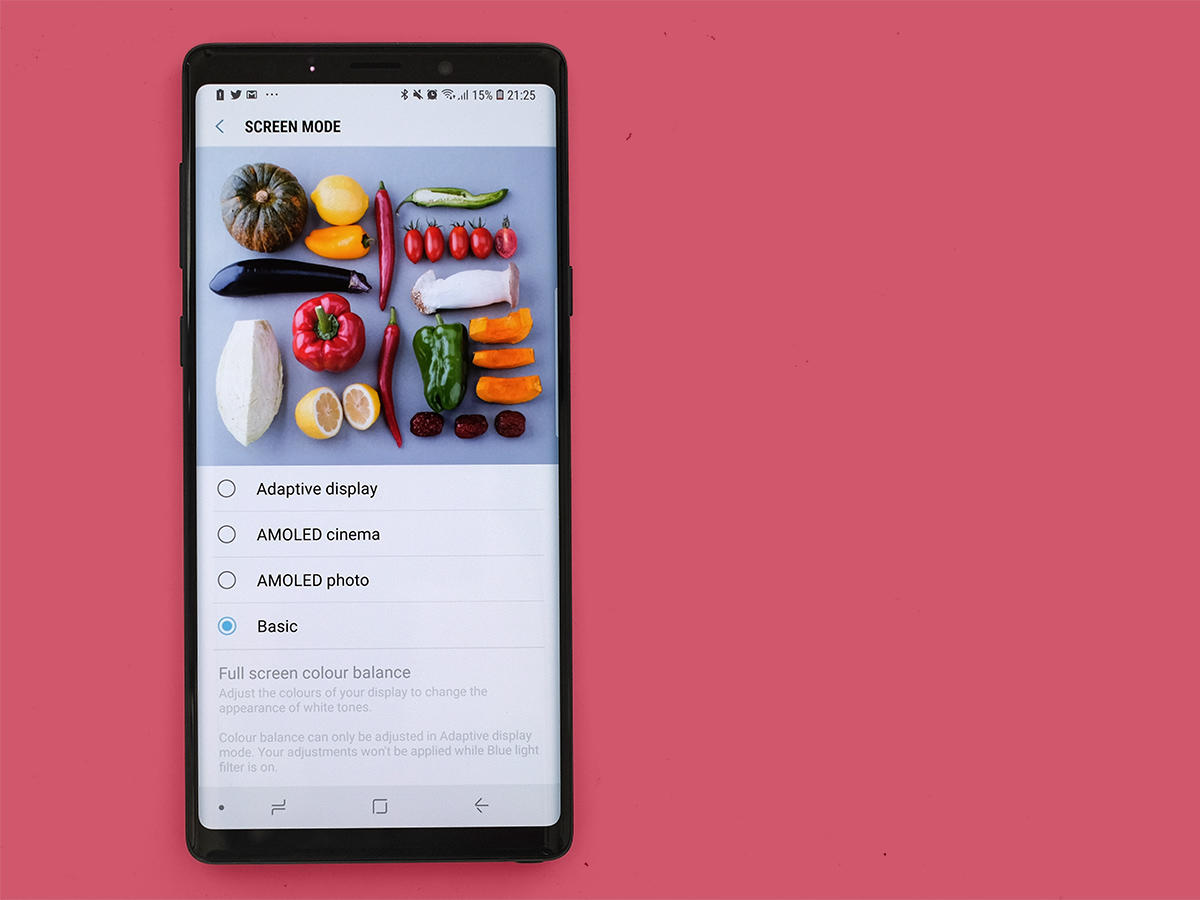
CRISP AND CLEAR
You’re looking at a pair of stunning, high-end OLED displays here, and if Samsung made the iPhone XS display as it did the iPhone X ones, then they both might come from the same source too. But the Galaxy Note 9 probably has the advantage here. It’s a gorgeous Quad HD screen at a massive 6.4in that’s incredibly bright, boasts fantastic contrast, and arguably leads the smartphone pack right now alongside the Galaxy S9 models.

LOW(ER)-RES
The iPhone XS’ 5.8in display is a bit lower-resolution at 1125p, but the iPhone X display also looked quite nice. This one boasts a wider colour gamut, delivering 60% more dynamic range than last year’s model, so we’ll see whether that ends up giving it some kind of edge over the Note 9 and its own added sharpness.

DOUBLE DIPPING
Both phones pack a pair of cameras on the back, with the iPhone XS opting for the same specs as last year: two 12-megapixel cameras, one wide-angle at f/1.8 and the other telephoto at f/2.4. They were great on the iPhone X, and seem significantly improved this time around. With a faster sensor, improved algorithms, and Apple’s much more powerful Neural Engine on the A12 Bionic chip, the iPhone XS packs a Smart HDR feature that merges the best elements of several consecutive snaps to deliver one excellent result. Apple suggests that highlights and shadows see more detail, and their example photos look great.
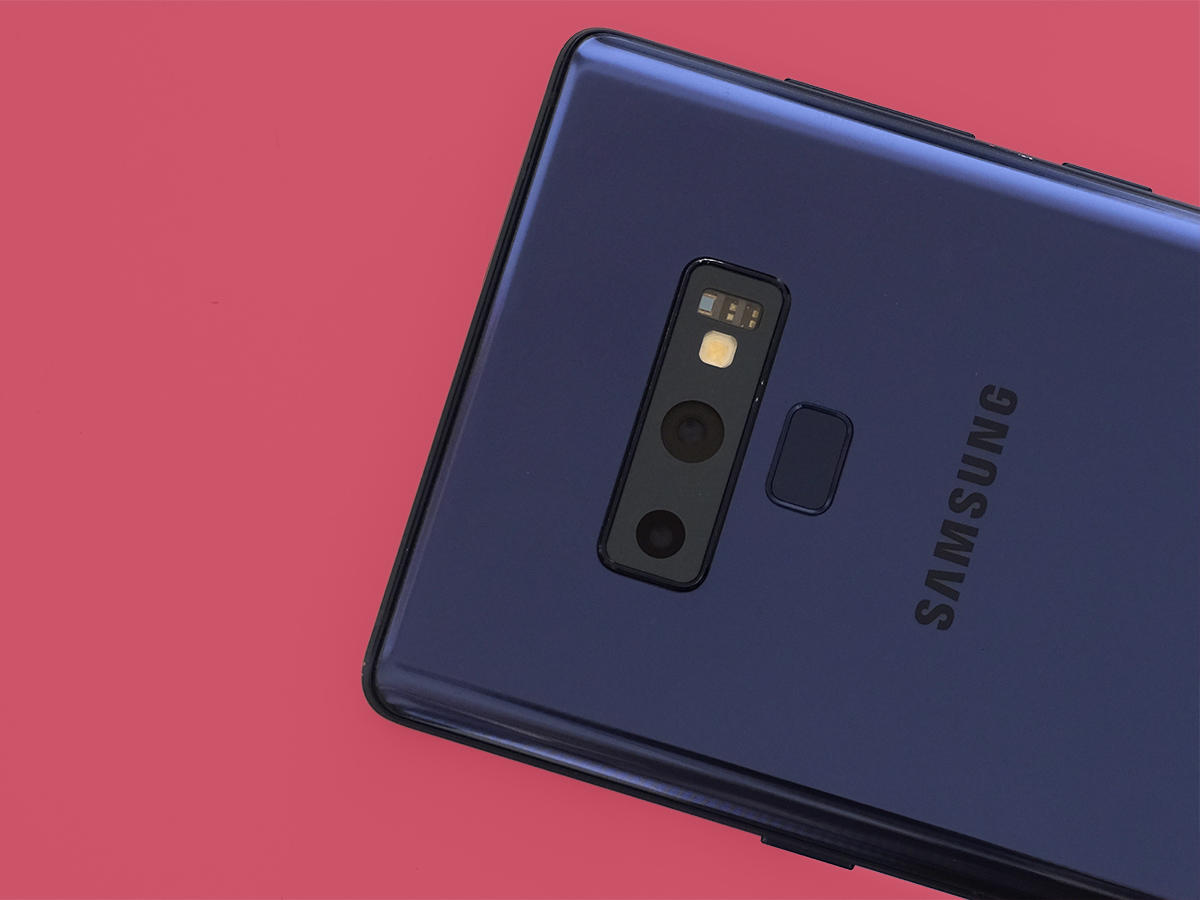
THE CLOSEST OF CALLS
The Galaxy Note 9 also goes for a pair of 12MP cameras, but these are at f/1.5 and f/2.4 aperture, respectively. And interestingly, like the Galaxy S9, the main camera has an adjustable aperture that can automatically shift from f/1.5 to f/2.4 to bring out more detail in your shots when you have strong lighting available. We called it “a near-perfect camera” for 2018, even if the Huawei P20 Pro’s triple-camera setup has some advantages, and the Note 9’s Auto HDR shots are typically fantastic. We’ll wait for our full iPhone XS review to make a call here, although we certainly expect it to be close between these two dual-camera juggernauts.
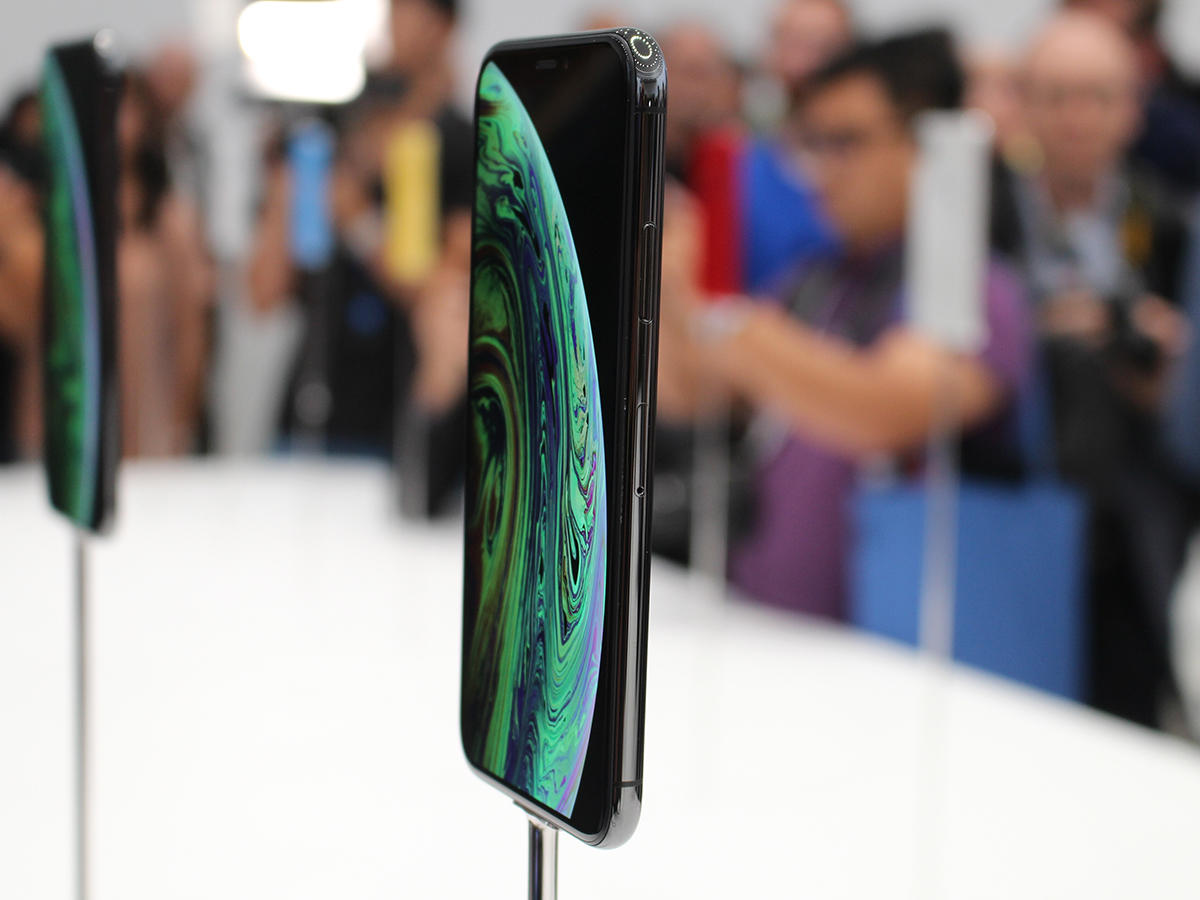
BATTERY AND PERKS
Samsung talked a big game around the huge 4,000mAh battery pack in the Galaxy Note 9, but we were admittedly underwhelmed by the results. It’s built for more than a day of average usage, but it didn’t quite hit the day and a half we’d hoped for. Still, it should last a bit longer than the iPhone XS. The Note 9 has an advantage when it comes to storage, as well. It comes in 128GB and 512GB options, while the iPhone XS arrives in 64GB, 256GB, and 512GB tiers – but the Note 9 also supports microSD cards for expandable storage, allowing a grand total of up to 1TB on the higher-capacity model. That’s pretty incredible.

MIGHTIER THAN THE SWORD
Of course, the Galaxy Note 9’s biggest hook is the S Pen stylus, which pops out of the bottom and lets you scribble, sketch, take notes, and perform other tasks around the OS. This version’s stylus also has Bluetooth connectivity, allowing the S Pen to be used as a remote camera shutter button or media control. Samsung also has the fun Gear VR virtual reality headset experience for the Note 9, as well as a desktop PC-like DeX mode using an external monitor. The company always packs its flagships with bonus perks, and those could be deal-makers for some people.

INITIAL VERDICT: THE XS PREVAILS?
We recently reviewed the Galaxy Note 9, and while we liked it, the phone didn’t rocket to the top of our best smartphones list. It’s an excellent handset, but also a very iterative one, not to mention still a very niche one. Most smartphone users have little need for a stylus, let alone paying $899 for a phone to get one. If you’re keen on a Samsung this year, we’d rather point you towards the great Galaxy S9 or Galaxy S9+ instead. Meanwhile, the iPhone X sits in our Top 3, and the iPhone XS only builds upon that phone’s brilliance. The iPhone XS is pricier than most at £999, which might dull our overall recommendation as it did for the iPhone X – but barring some major, unexpected issues, it should at least replace its predecessor on our list.


